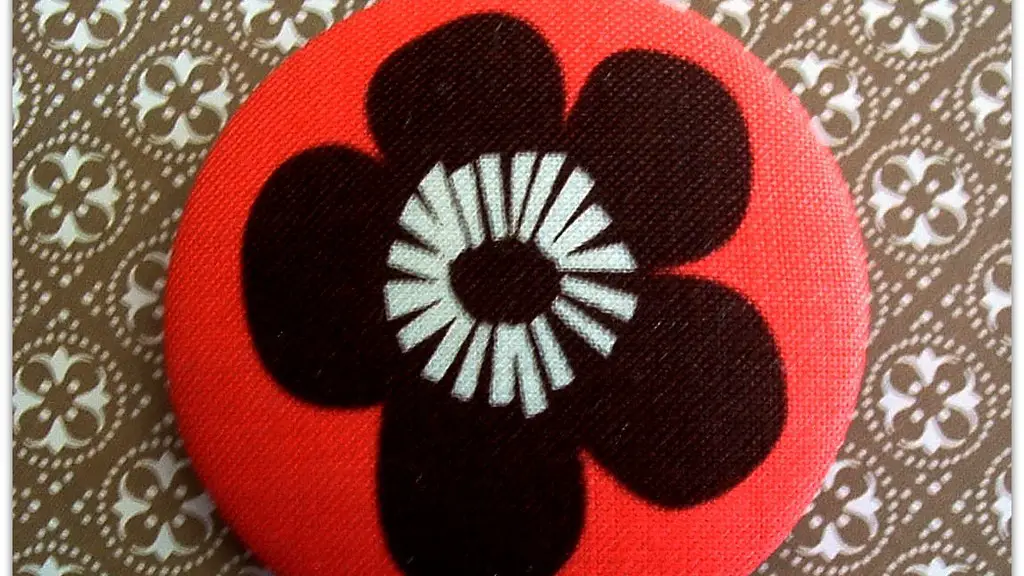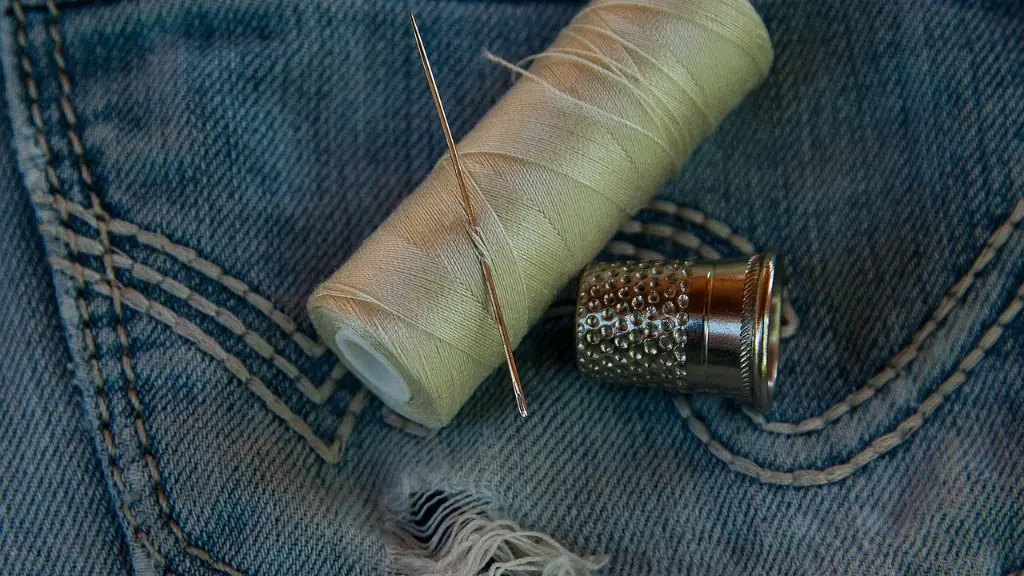As the saying goes, “A stitch in time saves nine.” This phrase holds true when it comes to maintaining a janome sewing machine, especially one that has seen its share of use—or misuse—over the years. To keep the sewing machine running at its best, proper oiling is essential. Oiling not only keeps the interior of the machine lubricated, it prevents rust and other corrosion. This guide will provide a step-by-step process on how to correctly oil an old janome sewing machine.
First, turn off the machine and unplug it. For utmost safety, be sure to keep the power cord far away from the area you will be working. The next step is to remove the access panels from the machine. These panels vary by model, so take your time to familiarize yourself with them.
Once these panels are removed, you should be looking at a number of gears, rotary hooks, and vibration reduction devices. In order to lubricate these parts correctly, consult your sewing machine manual and locate the parts that require oil. Once you have identified the parts, fill up a q-tip and carefully apply only the amount of oil recommended. Be mindful that too much oil is not only a waste of resources, but it can also cause damage.
Following the oiling of the parts, carefully replace the access panels. Check that all the screws are in place. If not, make sure they are securely fastened. Replacing panels without checking the screws can result in instability and even breakage, so double check to ensure that the panels are secure.
Cleaning
Cleaning is a key step in the oiling process, and should not be overlooked. After the oilings is done, use a damp cloth to wipe away any excess oil and to pick up small strands of thread. Too much dust, thread and extra fiber can impede on the performance of the machine and cause a jam. Be sure to get into the nooks and crannies; dust and fibers can often hide out in between teeth and gears. When cleaning do not use abrasive products, as these can damage the machine.
Other Lubricants
Apperances can be deceiving; although the machine looks “oiled”, additional lubricants should be used as well. Again consult your janome manual and identify areas where specialized lubricants should be used. Specialized lubricants ensure the longevity of your machine, and need to be routinely replaced.
Inspection
Once the oiling process is complete, run through the sewing machine’s normal operation without the fabric. Check for any knicks, cracked pieces or loose parts. Once the inspection is finished, proceed to sew a test seam. The machine should run smoothly and without hiccups. If at any point the machine jams, stops or vibrates, stop and inspect the area where you oiled.
Habits for a Healthy Machine
Now that your janome sewing machine is properly oiled, there are a few habits you can implement to ensure the health and longevity of the machine. First, keep the internal components clean. Too much dust can impede on the sewing process, and should be removed with a simple swipe of a damp cloth. If a lint brush is available, use it to delicately clean hard-to-reach areas. To protect the machine from rust and corrosion, use commercial lubricants found in sewing stores such as Singer, Bernina or Janome.
Monthly Maintenance
Set aside a day every month to run through the checklist. This is especially important for older machines that are prone to wear and tear. Check for loose parts, dust and fibers, as well as any dull blades. Replace any worn-out parts or any specialized lubricants. Regular care and maintenance not only increases the lifespan of the machine, but it also saves time and money in the long run.
Frequent Use Maintenance
For those who use their janome machine more than once a month, regular maintenance is essential. If a machine has experienced more severe wear and tear, then one should consider taking it to a professional. Repairs and parts replacement can be costly, so to avoid economic loss, a bit of proper maintenance and care can go a long way.
Duration Between Oiling
The answer to this question varies depending on the model. For example, industrial machines require oiling more frequently compared to domestic ones. As a general rule of thumb, one should oil the machine every 3 to 6 months. For particularly old machines, the frequency should increase accordingly. Consult your janome’s manual for more precise answers regarding time-frames.
External Parts
The external parts of the janome machine are just as important as the internal. Inspect for any bent needles or cracked thread carriers. Replace any damaged or worn-out parts and check for dents or looseness. If there are any jagged edges or sharp points, use sandpaper to smooth it out.
Storage and Dust Cover
When not in use, store the machine away in a safe and clean environment. If a dust cover is available, be sure to use it. The dust cover not only prevents dust, dirt and fibers from entering the machine, it also reduces exposure to sunlight and other elements that can cause the machine to corrode and rust. If a dust cover is not available, consider making one out of canvas.





